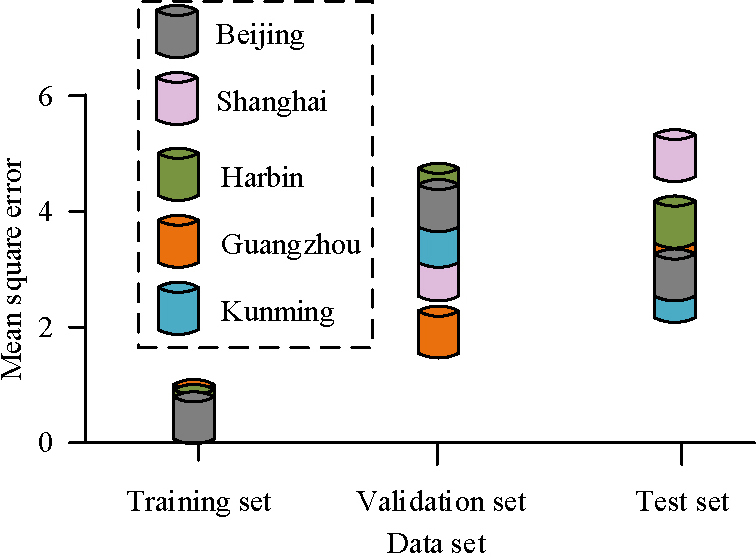Analysis of building energy efficiency optimization design effectiveness based on multi-objective optimization algorithm
1
Henan University of Urban Construction, China
Submission date: 2024-01-30
Final revision date: 2024-08-01
Acceptance date: 2024-08-27
Publication date: 2025-09-16
Corresponding author
Archives of Civil Engineering 2025;71(3):33-48
KEYWORDS
building energy efficiencyenvironmental adaptive designmulti-objective optimisationneural networksPareto optimization
TOPICS
ABSTRACT
With the increasing attention of society to sustainable development and environmental friendly design, building energy saving design has become a research hotspot. In this paper, a method combining multi-objective optimization algorithm and neural network backpropagation strategy is proposed to solve the problem that traditional design methods are difficult to balance multi-objective. By dividing the architectural design problem into multiple sub-problems, each sub-problem corresponds to a design objective, and applying multi-objective optimization technology, the global optimization is realized. The experimental results show that the error of energy consumption prediction model is almost 0, while the error of daylighting prediction model is between 0 and 5, and the average error is about 3. The correlation coefficients of all models exceeded 0.9845, highlighting the excellent performance of neural networks in forecasting accuracy. The BP neural network showed good convergence in 2800 to 3000 iterations, further demonstrating the high efficiency of the method in energy consumption and daylighting prediction. The research not only provides a scientific and feasible strategy for building energy efficiency optimization design, but also enhances its scientific value and practicability through the display of quantitative results.
Share
RELATED ARTICLE
We process personal data collected when visiting the website. The function of obtaining information about users and their behavior is carried out by voluntarily entered information in forms and saving cookies in end devices. Data, including cookies, are used to provide services, improve the user experience and to analyze the traffic in accordance with the Privacy policy. Data are also collected and processed by Google Analytics tool (more).
You can change cookies settings in your browser. Restricted use of cookies in the browser configuration may affect some functionalities of the website.
You can change cookies settings in your browser. Restricted use of cookies in the browser configuration may affect some functionalities of the website.




